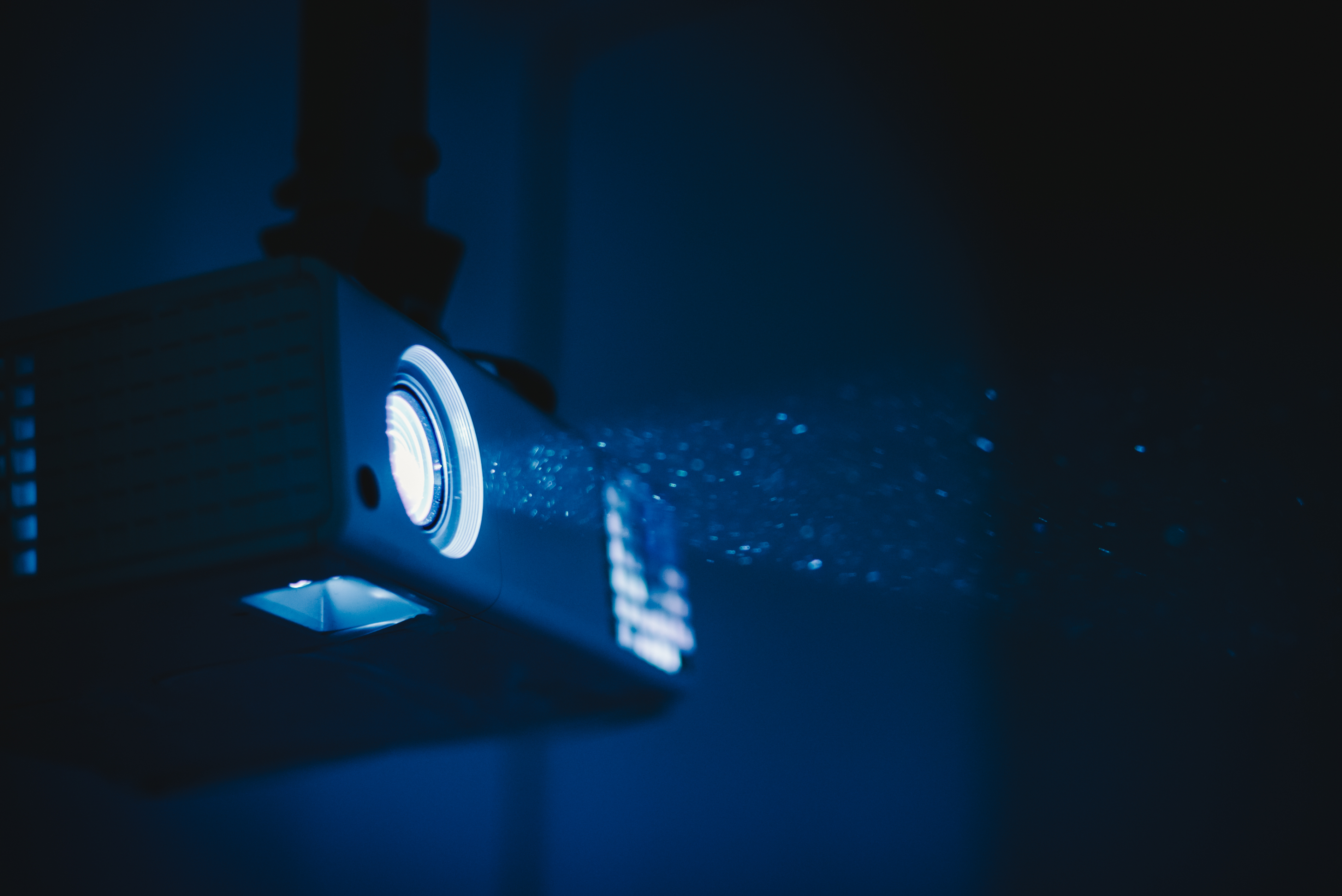New Features Spotlight: The Latest in Projector Technology
These projector features up the ante on usability for the classroom and beyond.

Technology has a way of fixing issues, sometimes before the average consumer even realizes they exist. These projector features up the ante on usability for the classroom and beyond.
eShift technology
The crisp clear picture of 4K offers intense details and textures and fills the field of vision without discernible pixels, even for students close to the screen or viewing area. Images appear more natural than those of a 1080p device for a more relaxing and immersive visuals. Unlike 4K TV’s, projectors usually use DLP or LCD chips to create the image as individual pixels would be cost prohibitive. eShift technology, which projects two different 1080p images sequentially at 120Hz frequency, makes up the detail of a native 4K display so that viewers get the experience of a full 4K picture without a 4K pricetag.
Convertibility Accessories
Every classroom is different, so it makes sense that flexibility in where and how you use your projector and display would be a big plus. For some schools, a projector might be shared between learning spaces. Others might want a tabletop display for interactive group projects at some times and standard wall viewing for the class at others. Classes with students at varying levels of abilities and mobility might need to accommodate wheelchairs or other height restrictions. The latest group of convertible stands and mobile carts allows the panel or projector to move from presentative to table with just the press of a button, giving versatility for presentation and collaboration— some even achieve this in cord-free, rechargeable battery mode.
LampFree Gets a Boost
The benefits of a LampFree projector solution have been enjoyed for some time. Cost reduction in replacement lamps, greener footprint without the need to dispose of the old lamps, time and workforce savings in installation and lost teaching time when a lamp blows and mercury-free tech makes everyone feel safer about their choice. But these perks are not new. However, latest of these laser/led hybrid projectors have made the jump into 4K for added clarity and detail. Equipped with a 4K DLP chip, the tech projects images of approximately 8.3 million pixels to mirror the true color and beauty of images at a much higher level than conventional projectors. With 5,000 lumens, it is great for brightly lit classrooms, auditoriums and larger venues.
Tools and ideas to transform education. Sign up below.
3D Capability
This new’ish feature is certainly exciting on the face of it. The potential applications for classes and lesson plans are compelling— science by delving into layers of anatomy models, spinning neutrons and solar systems; engineering and architecture as the structures of buildings and cities are analyzed; history with tours of ancient ruins and castles to explore, or art where perspective and angles can be viewed. But despite this intriguing collection of ways the tech could be used, for most districts the financial and practical issues might prove too tough an obstacle to overcome. The cost and logistics of purchasing and holding onto 3D glasses, the health concerns about personal products being used from student to student, and display needs to use the tech properly will keep this cool new feature from widespread use. However, many of the new models of projectors are coming with the ability to be 3D capable, so future-proofing new purchases might make this a consideration for when those other challenges can be solved.
Kevin Hogan is a forward-thinking media executive with more than 25 years of experience building brands and audiences online, in print, and face-to-face. Kevin has been reporting on education technology for more than 20 years. Previously, he was Editor-at-Large at eSchool News and Managing Director of Content for Tech & Learning.
